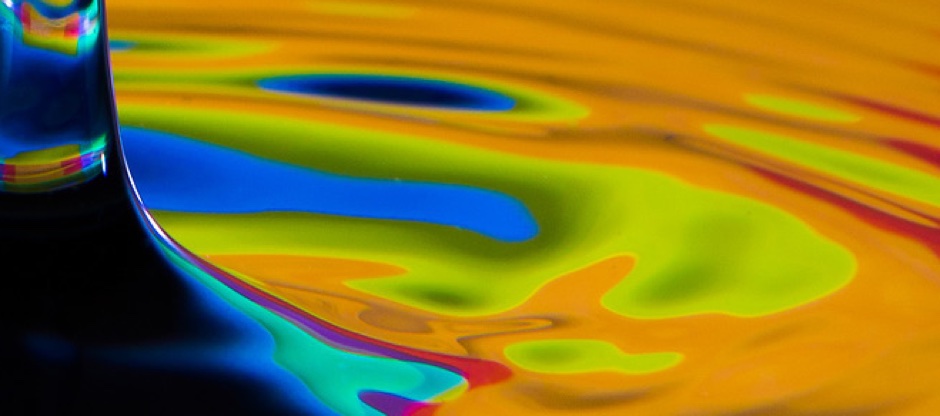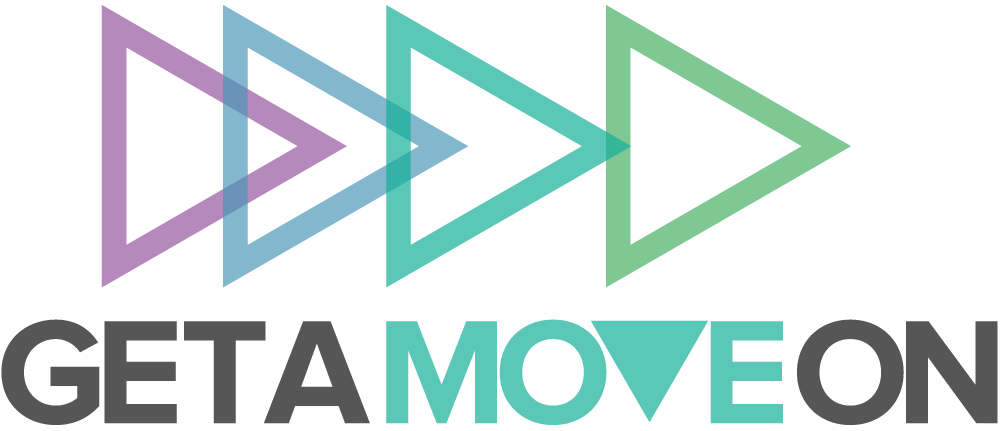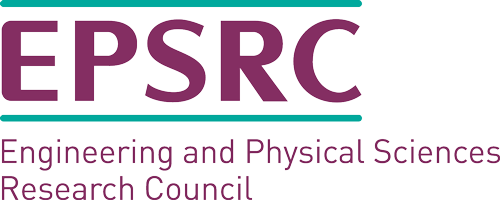Sept 2018 - What does health look like? Exploring visual feedback from wearables
Public event

Dr David Ellis, a technology researcher at Lancaster University, and the artist Laura Pullig of tactile-electronics got together with a bunch of ordinary people to experiment and play with making their own fitness trackers and turning their fitness data into unique and colourful designs. They were shown how to create a simple, wearable movement tracker using accelerometers and pulse sensors to generate unique visual outputs depending on how they moved. They collected data from their own movements, converted it into visuals and explored how different movements changed the visualisation, then printed their creations onto a t-shirt or a mug. This workshop took place on 29th September 2018. Full details are below and you can watch the highlights in this video. You can also explore our other videos on YouTube and subscribe to our YouTube channel so you don't miss out on anything!
Title: What does health look like? Exploring visual feedback from wearable data
Date: This event has been and gone. It took place on Saturday 29th September 2018.
Venue: Liverpool/Lancaster t.b.c.
Organiser: Dr David Ellis with the artist, Laura Pullig
Further info: d.a.ellis@lancaster.ac.uk
This event is a collaboration between Dr David Ellis of Lancaster University and the artist Laura Pullig of tactile-electronics. It is inspired by a workshop which was held as part of the Make : Shift : Do back in October 2017, at which visitors were invited to put together a simple electronic heart rate monitor, record their heart beat, and explore ways of producing a variety of traditional and abstract visualisations of the data, which were then transferred onto a personalised mug. This event will take that idea to the next level, and promises some serious fun!
The fun bit:
There will be two strands in which participants will be able to explore how different types of sensors can be used to generate visualisations of data about their movement and activity.
In the first strand, anyone who wants to take part will be shown how to create a simple, wearable movement tracker to generate unique visual outputs depending on how they move – no specialist knowledge or technical skills necessary. Using sensors such as accelerometers and pulse sensors, participants will be able to collect data from their own movements, convert it into visuals using a pre-programmed computer ‘processing framework’, then print their visuals onto a t-shirt. They will be able to see how different movements change the visualization, and experimenting with the sensors to generate different responses will enable participants to see, quite literally, what each sensor records, and the relationship between how they move and what they see.
The second strand will adopt a similar group-led design process with local dancers using sensors made with materials that can be incorporated into clothing and costumes such as conductive fabrics, threads, metals beads, and pressure sensitive materials, to create simple e-textile movement-responsive displays. These will light up or change appearance in response to different movements.
The serious bit:
While experimenting with the sensors and displays is great fun for participants, we hope that for researchers, it can also encourage new ways of thinking about health-related data that could be useful as part of future interventions or public engagement activities designed to get people moving more. We hope to be able to display some of the prototypes from the workshop as part of a small, interactive exhibition at future GetAMoveOn events such as our next symposium, as a challenge to current thinking about what might constitute useful and engaging feedback that gets people genuinely interested in how active they really are, and to help simulate new ideas for developing interventions that look beyond traditional wearable devices (e.g. wrist-based) and feedback metrics (e.g. step counts).
If you’d like a preview of the kind of work Laura’s does you can see some examples here.
Further info: d.a.ellis@lancaster.ac.uk







